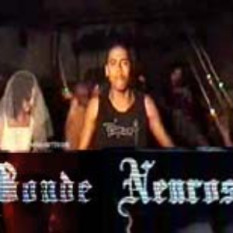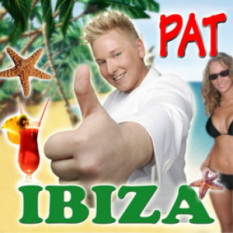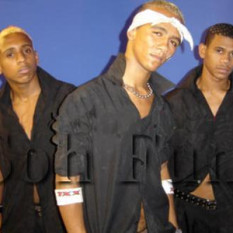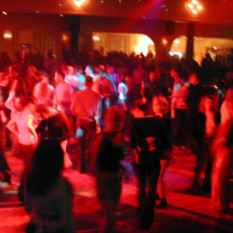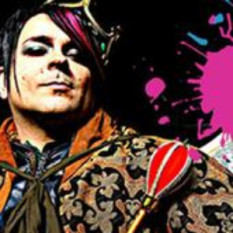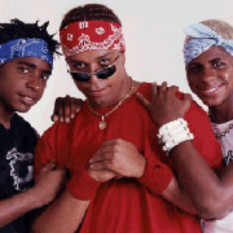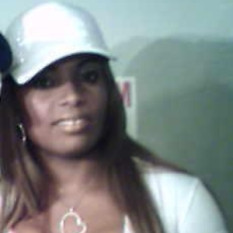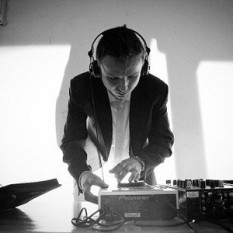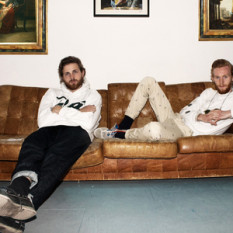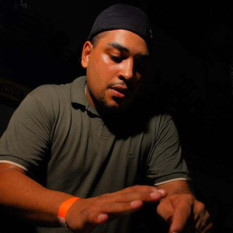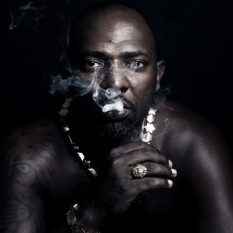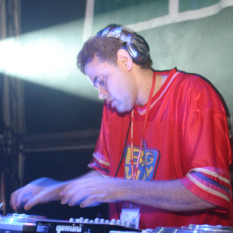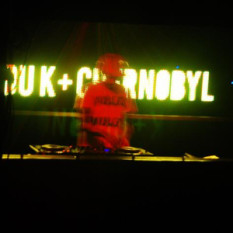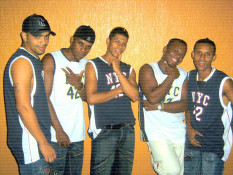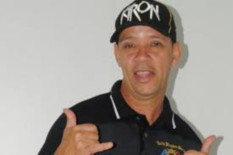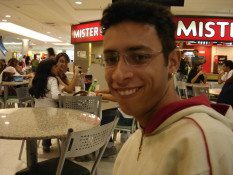Funk Carioca (English: Funk from Rio), Favela Funk and, elsewhere in the world, Baile Funk, is a type of dance music from Rio de Janeiro, derived from Miami Bass. In Rio de Janeiro it is most often simply known as Funk, although it is very different musically from what Funk means in most other places.
Funk is a direct derivative of Miami Bass and freestyle (another Miami-based genre) music from the United States. The reason why these genres, very localized in the USA, became popular and influential in Rio de Janeiro is due to proximity. Miami is a popular plane stop for Rio DJs to buy the latest American records.
The funk popularized in the 80s in Rio de Janeiro ghettos called favelas. From mid-90s it was a mainstream phenomenon in Brazil. Funk songs discuss topics as varying as poverty, human dignity, racial pride of black people, sex (breaking it's moral values), violence and social injustice. Social analysts believe that the funk is a genuine expression of the severe social issues falling on the poor and black people in Rio.
The rhythms of funk in its early days were mostly loops of electronic drums from Miami Bass or freestyle records, while a few artists composed them with actual drum machines. The most common drum beat was a loop of DJ Battery Brain's "808 volt", commonly referred to as "Voltmix", though Hassan's "Pump Up The Party" is also notable. Now, funk rhythms use tamborzão rhythms in addition to the older drum machine loops. Tamborzão beats use samples of Brazilian hand drums, particularly the atabaque, in arrangements that are close to the same as those used in Maculelê capoeira.
Melodies are usually sampled. Older songs typically chopped up freestyle samples for the melody, or had none at all. Modern funk uses a set of samples from various sources, notably horn and accordion stabs, as well as the horn intro to the "Rocky" theme. Funk music has always used a small catalog of rhythms and samples which almost all songs take from (commonly with several in the same song). Funk carioca songs can either be instrumental or include rapping, singing, or something in between the two.
In February 11, 2001, the first U.S. reference to the music itself was made by Neil Strauss in the New York Times newspaper, recognizing it as a distinct musical genre, and along with Kwaito music in South Africa, one of the first new genres of electronic, street dance music to have become important outside North America and Europe. .

